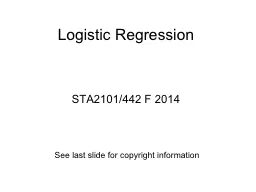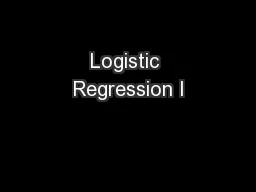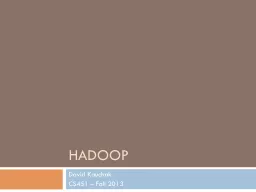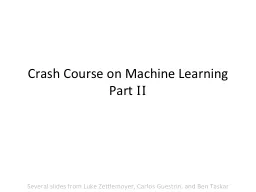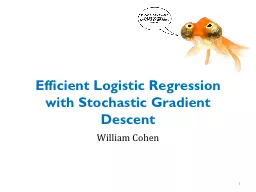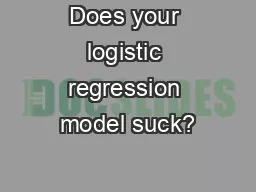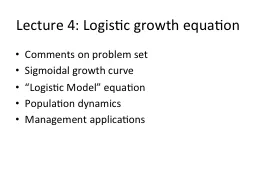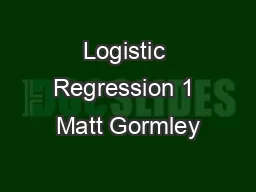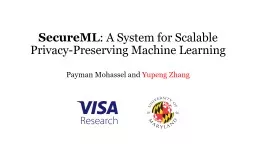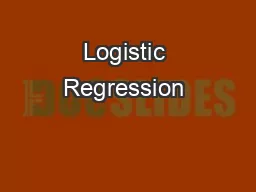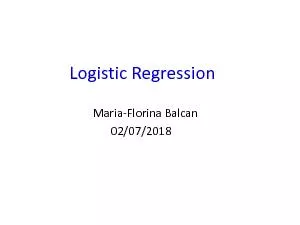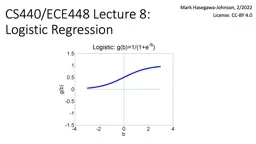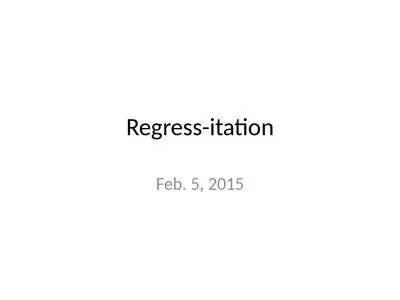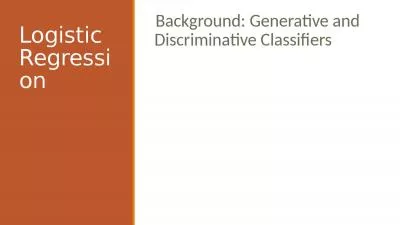PPT-Logistic Regression
Author : pasty-toler | Published Date : 2016-06-08
STA2101442 F 2014 See last slide for copyright information Binary outcomes are common and important The patient survives the operation or does not The accused is
Presentation Embed Code
Download Presentation
Download Presentation The PPT/PDF document "Logistic Regression" is the property of its rightful owner. Permission is granted to download and print the materials on this website for personal, non-commercial use only, and to display it on your personal computer provided you do not modify the materials and that you retain all copyright notices contained in the materials. By downloading content from our website, you accept the terms of this agreement.
Logistic Regression: Transcript
Download Rules Of Document
"Logistic Regression"The content belongs to its owner. You may download and print it for personal use, without modification, and keep all copyright notices. By downloading, you agree to these terms.
Related Documents

